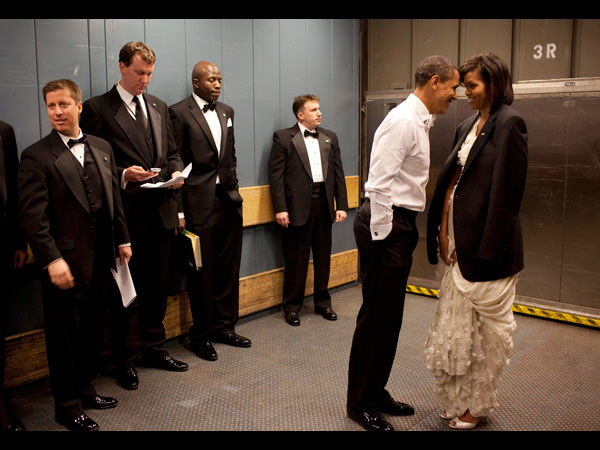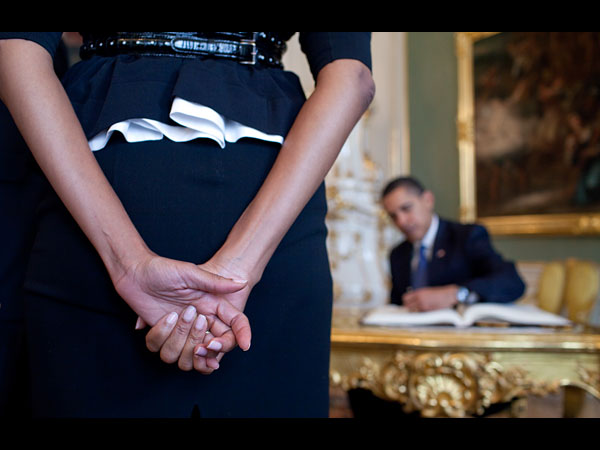.
An image(Apologies to Wallace Stevens.)
Or the apparition
Just after.
The word apparition reminds me of Impressionist paintings, which to me capture the image seen not exactly as they are but like it would be remembered by the mind of the eye if it took a quick glance (a glance is always quick, I suppose... pardon the tautology) and then looked away and tried to capture via paint that which was seen. But it isn't exactly what was seen. .how can it be. ..not the image itself but an apparition.a reflection of what was seen. In fact i have come to see many Impressionist paintings as that which you would see as a reflection in water...the clouds and trees in Monet or Renoir painting look like .they all look in reflections in a lake or river.
Claude Monet - La Grenouillere
Renoir - La Grenouillere
I recall that Ashbery's Self Portait in a Convex Mirror delves into the self and the image of the self but that is a whole other world of exploration that goes into philosophy also... but I will limit myself to the Imagists and the Impressionists for now. Both capture an image. .a moment. ..but it isn't the present. .it is a presence that lingers in the mind. Recollections of a past remembered. Proustian nostalgia for a moment passed.
Next week in ModPo, it time to meet Gertrude Stein and Picasso and view poetry through the Cubists mode of thinking (though we already kinda met the Cubists (Juan Gris) with Williams' The Rose is Obsolete and this insightful post about that poem.




























